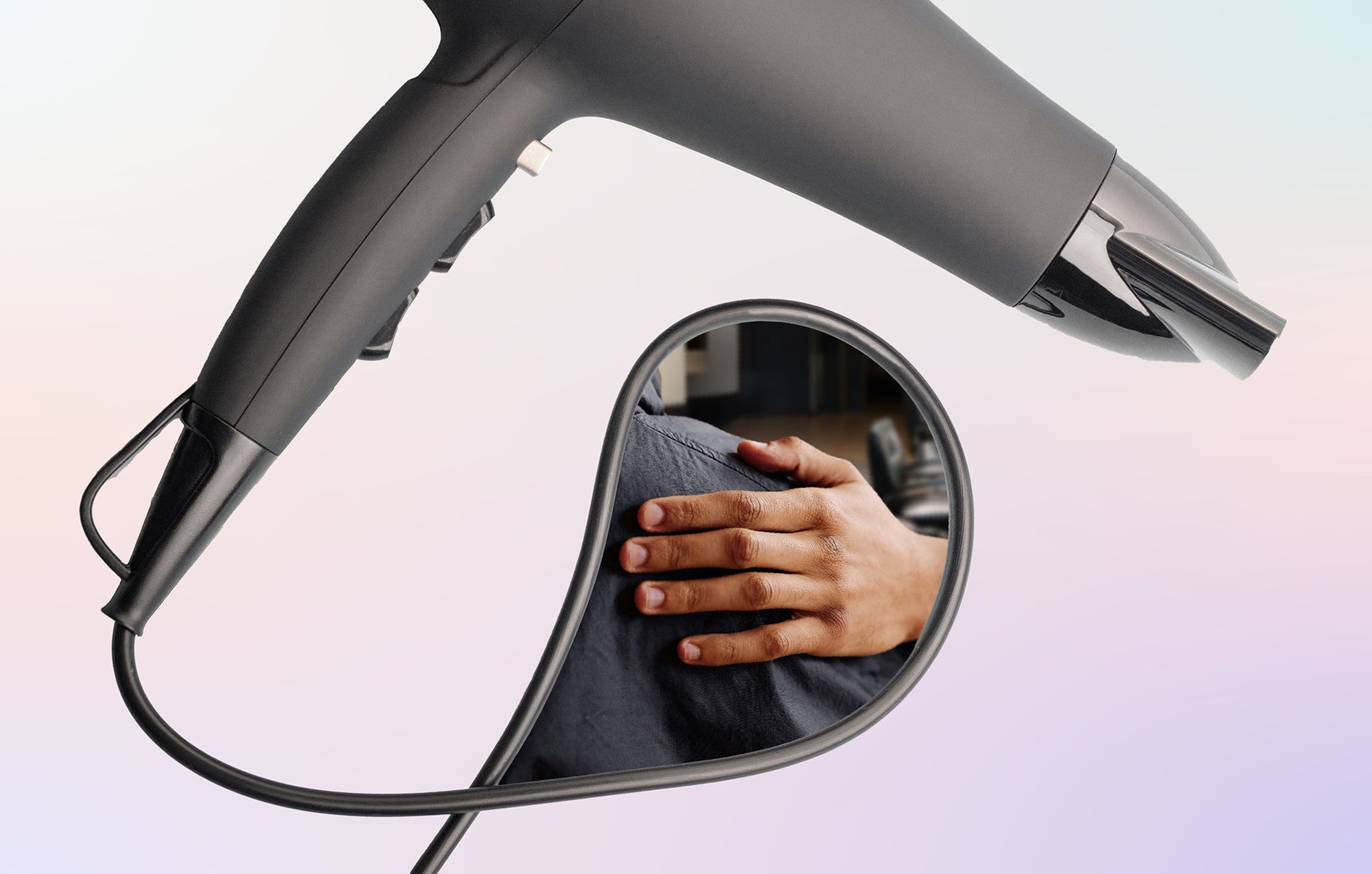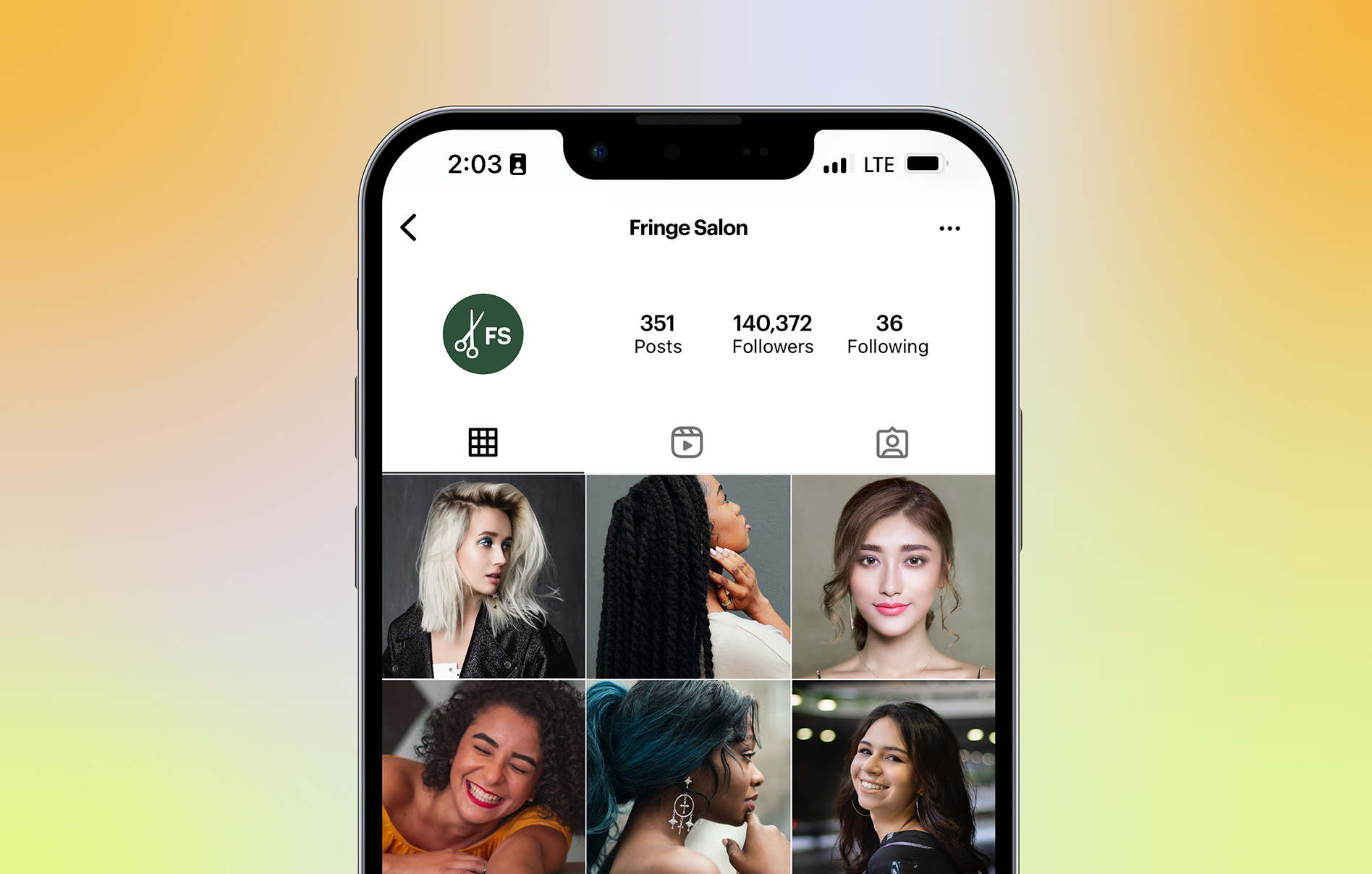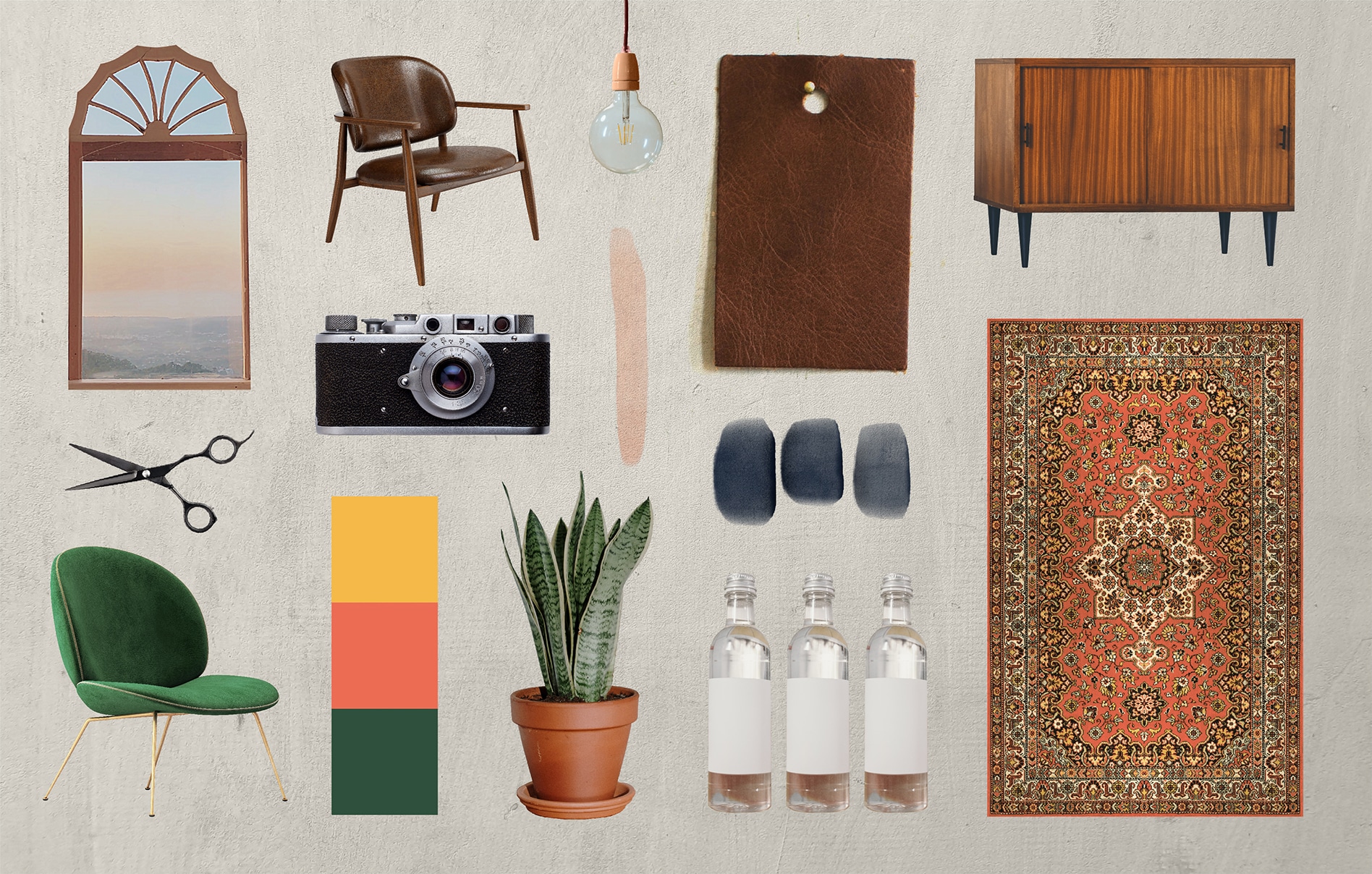Hello, beauty professionals!
It’s Dr. Afiya Mbilishaka, creator of PsychoHairapy.
(Read more about it here.)
I’m coming to you not just as a clinical psychologist but also as a passionate hairstylist.
I’ve found myself uniquely positioned at the intersection of mental wellness and hair care, and I want to share a few tips that could transform your salon experience into something more nourishing for the psyche.
Being a hair stylist is not just about transforming looks.
It’s a golden opportunity for meaningful exchanges and emotional upliftment.
- How do you turn a first-time client into a lifelong friend?
- How do you build deeper connections with your clients, so they book with you again and again?
- Is it possible to make your client feel good when they leave the chair – beyond a new cut or color?
That’s where microcounseling skills come into play.
These are simple yet powerful techniques that can enrich your relationships with clients, making each hair appointment a step towards their holistic well-being.
Active Listening
Up first in microcounseling: Active listening.
In the hustle and bustle of scissors and blow dryers, truly listening – not just hearing – your client can be a game-changer.
Pay attention to what they say about their hair and also how they speak about their lives.
Sometimes, all a person needs is to feel heard.
By acknowledging their stories and emotions, you’re not just doing their hair.
You’re weaving a tapestry of trust and comfort around them.
As a hairstylist, mastering the art of active listening can significantly improve your ability to understand your clients’ needs and preferences.
Active listening fosters a positive and trusting client-stylist relationship.
Here are some strategies to apply active listening techniques effectively in your salon or booth:
- Give your full attention to your client from the moment they start speaking. This means putting aside other distractions, such as hair tools or your phone, and maintaining eye contact in a way that is comfortable for both you and the client.
- Watch your body language. You’re literally mirrored to your clients for an hour. Positive body language plays a vital role in active listening.
(Cole Thompson of Elevation H also reiterated the importance of body language in his masterclass on hair consultations.)
Nodding your head and leaning slightly forward can signal to your client that you are fully engaged in what they are saying.
Remember, the goal is to make your client feel heard and understood, creating a welcoming and attentive atmosphere. - Paraphrase and summarize what your client says to confirm your understanding. This active listening technique involves repeating back your client’s requests or concerns in your own words.
For example, if a client describes the type of haircut they want, you might respond with, “So, you’re looking for a layered cut that frames your face, correct?”
This demonstrates that you are listening and also gives the client an opportunity to clarify their request if there has been any misunderstanding. - Ask open-ended questions. Open-ended questions encourage your client to share more about their preferences and appointment expectations.
Instead of asking yes-or-no questions, pose inquiries that require a more detailed response.
For instance, “What do you love most about your current style? What changes are you hoping to see after today’s appointment?”
Open-ended questions can provide deeper insights into your client’s desires. It can also help you better tailor your service to meet their specific needs.
Positive Language
Second in micro-counseling: The power of positive language.
It cannot be overstated.
Whether it’s complimenting the natural beauty of their hair or affirming their feelings, your words can be a balm to someone’s rough day.
However, it’s crucial to keep your language genuine.
Authenticity in your compliments and conversations fosters a deeper connection and can make a significant difference in someone’s self-esteem.
Confidentiality
Last tip for microcounseling? Maintain confidentiality.
Stylist-client confidentiality creates a safe space for your clients.
When they sit in your chair, let them know that it’s a judgment-free zone. Here, with you, they can unburden themselves without fear.
This trust is sacred and can turn a simple salon visit into a therapeutic experience.
(Here’s what to say just in case a client overshares, talks trauma, or says something distressing.)
Remember, integrating microcounseling skills into your hair care appointments isn’t about being a therapist at the salon.
It’s about enhancing the well-being of your clients through empathetic and meaningful engagement and conversation.
Each hair appointment is an opportunity to not only make someone look good but feel good too –– inside and out.
So, let’s embrace this beautiful blend of roles and make our salons a haven for both physical and emotional rejuvenation.
With each snip and style, we’re not just changing hairstyles. We’re retouching hearts and hair.
Until next time… keep spreading wellness, one hair strand at a time.
Dr. Afiya Mbilishaka is a clinical psychologist, stylist, and global expert on the connection between mental health and hair.
She’s the brains behind PsychoHairapy — a global mental health and hair movement. Read more about it here.
Get more of Dr. Mbilishaka’s tips on mental health and hair care in her webinar with Schedulicity. 👇







